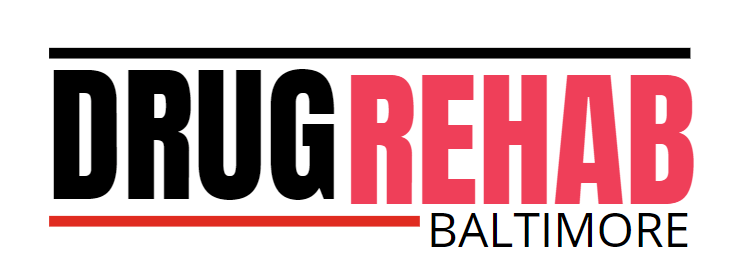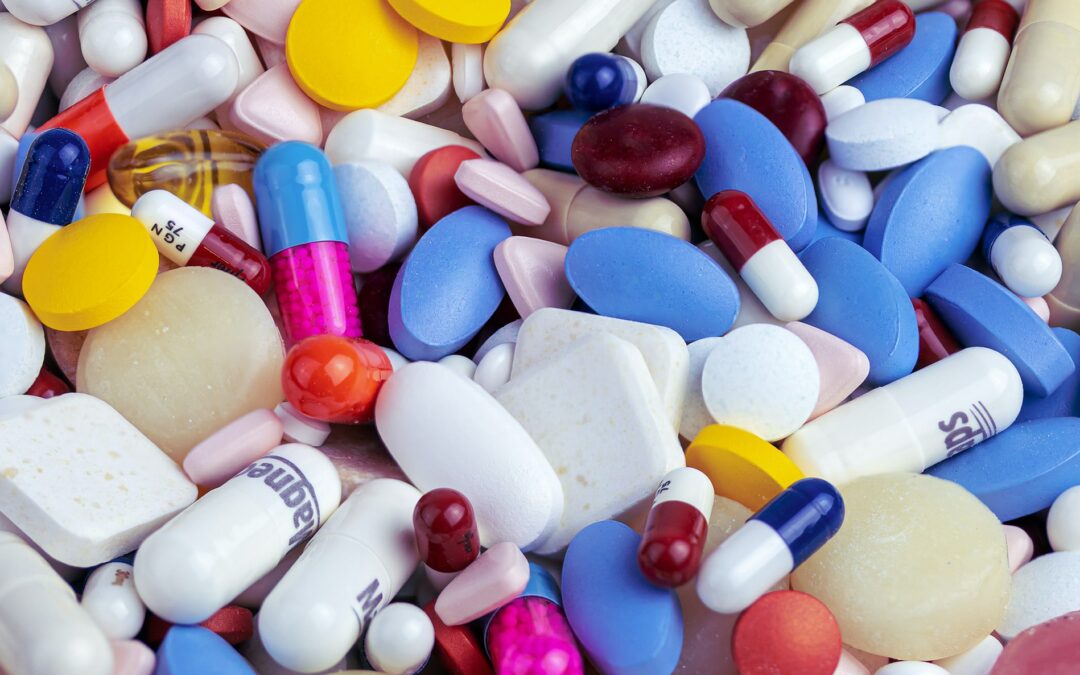When It Comes To Marijuana, What Do You Mean By The Term?
Weed is another term for marijuana, which is sometimes referred to as pot or grass. It is also called ganja or mary jane. This term refers to the dried parts of the Cannabis sativa plant, such as the leaves, flowers, stems, and seeds.
Other potentially dangerous chemicals are found in this plant and the psychoactive ingredient delta-9-tetrahydrocannabinol (THC). A black liquid known as hash oil or a sticky resin known as hashish can be made from cannabis plant material that has been condensed.

Several states, including Colorado, have legalized the use of marijuana. It is still the most often used illegal narcotic in the US. However, marijuana can be used for therapeutic purposes if it is properly prepared and administered.
And in over 20 states, the use of medical marijuana is permitted. Smoking marijuana in the form of a hand-rolled cigarette (joint) or using a pipe or a water pipe is the most common way to consume it (bong).
It’s hard to miss the smell of marijuana smoke, and the smoke itself has the same level of toxicity as that of a cigarette.
What We Know About Marijuana’s Past Use:
Hemp is the common name for most marijuana cultivars. However, the term can also refer to the plant’s fiber. Hemp fiber has a long history of practical use and may be found in various products such as rope, paper, canvas, and even some garments.
Hemp fiber is now utilized to make bioplastics, jewelry, and even biodiesel from hemp. George Washington farmed hemp on his Mount Vernon farm because the English monarch had commanded its production in the American colonies.
Modern cannabis plants, on the other hand, have more significant amounts of the psychoactive chemical THC ( the ingredient that causes addiction). Medical cannabis was first used in the United States in the 1850s.
To treat conditions such as chronic pain, glaucoma, and muscular spasm with marijuana extract-based medications. Many states soon adopted pharmaceutical rules as a result of these laws.
A habit-forming substance (such as the THC found in marijuana) was identified on the label, and the product was subject to additional regulation. It was common practice to label products containing addictive drugs like cannabis as poisons. It had to be prescribed by a doctor to be obtained.
Marijuana Addictive:
Contrary to popular belief, marijuana can be a highly addictive drug. According to research, anywhere from 9% to 15% of people who use marijuana get addicted to it.
When someone starts using drugs, they are more likely to be young. The greater the likelihood of developing an addiction. The frequency with which a drug is used and the likelihood of becoming addicted are linked.

One in every two users develops a habit after using it just once a day. If someone is addicted to cannabis and tries to stop using it, they may experience classic withdrawal symptoms. Many long-term pot smokers complain of irritation, restlessness, and loss of appetite. These are classic withdrawal symptoms that make quitting a challenge.
Cognitive-behavioral therapy (CBT) and inpatient or outpatient rehab are two examples of traditional treatments. The treatment of Marijuana Addictive dependence has been shown beneficial.
Although there are no drugs available to treat marijuana/cannabis addiction at this time. The endocannabinoid system’s recent discoveries give hope for the development of drugs to reduce withdrawal symptoms. Prevent relapse by blocking the drug’s intoxicating effects.
It will take time for you to recover. It’s time for the next person to receive it. Please don’t refuse to ask us at (667) 215-5549 if you still have any questions.


Recent Comments